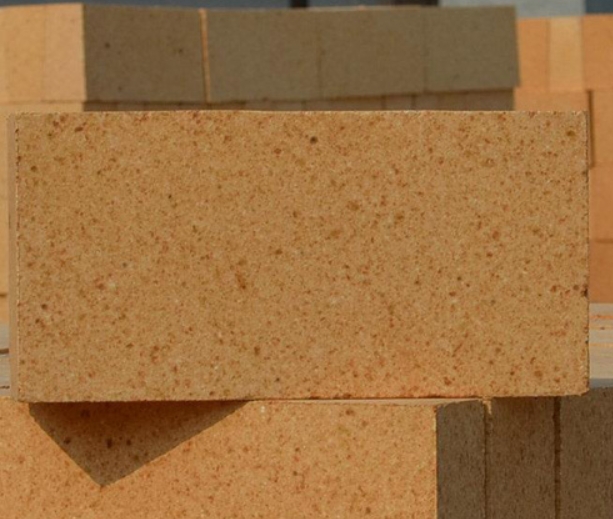- 14
- Feb
What are the uses and production processes of high alumina refractory bricks?
What are the uses and production processes of yüksek alümina refrakter tuğlalar?
high alumina refractory brick, that is, an aluminum silicate refractory material with an alumina content of more than 48%. It is formed and calcined from bauxite or other raw materials with high alumina content. High thermal stability, refractoriness above 1770℃. The slag resistance is better.
yüksek alümina refrakter tuğlalar are mainly used for the lining of blast furnaces, hot blast stoves, electric furnace roofs, blast furnaces, reverberatory furnaces, and rotary kilns. In addition, high alumina bricks are also widely used as open hearth regenerative checker bricks, plugs for pouring systems, nozzle bricks, etc. However, the price of high alumina bricks is higher than that of clay bricks, so it is not necessary to use high alumina bricks where clay bricks can meet the requirements.

Real picture of high alumina refractory brick
The molding production method of high alumina refractory brick and clay brick is basically the same. Only some process parameters are different. There are also processes such as crushing → mixing → forming → drying → firing → inspection → packaging. The compressive stress is better at low temperature but slightly reduced at high temperature, so the stacking in the kiln is less than 1 meter. The production process of high-alumina refractory bricks and multi-clinker clay bricks is similar. The difference is that the proportion of clinker in the ingredients is higher, which can be as high as 90%-9%. For example, high-alumina refractory bricks such as Ⅰ and Ⅱ are generally 1500~1600℃ when they are fired in a tunnel kiln.
Production practice has proved that before crushing, high-aluminum clinker is strictly sorted and classified, and stored in tiers. The use of bauxite clinker and combined clay fine grinding method can improve product quality.
Real picture of high alumina refractory brick
One of the important working properties of high alumina refractory bricks is the structural strength at high temperatures, which is usually evaluated by the softening temperature under load. The high-temperature creep properties are also measured to reflect the high-temperature structural strength. The test results show that the softening temperature under load increases with the increase of Al2O3 content.
The above is an introduction to the use and production process of high alumina refractory bricks, I hope it will be helpful to you.
